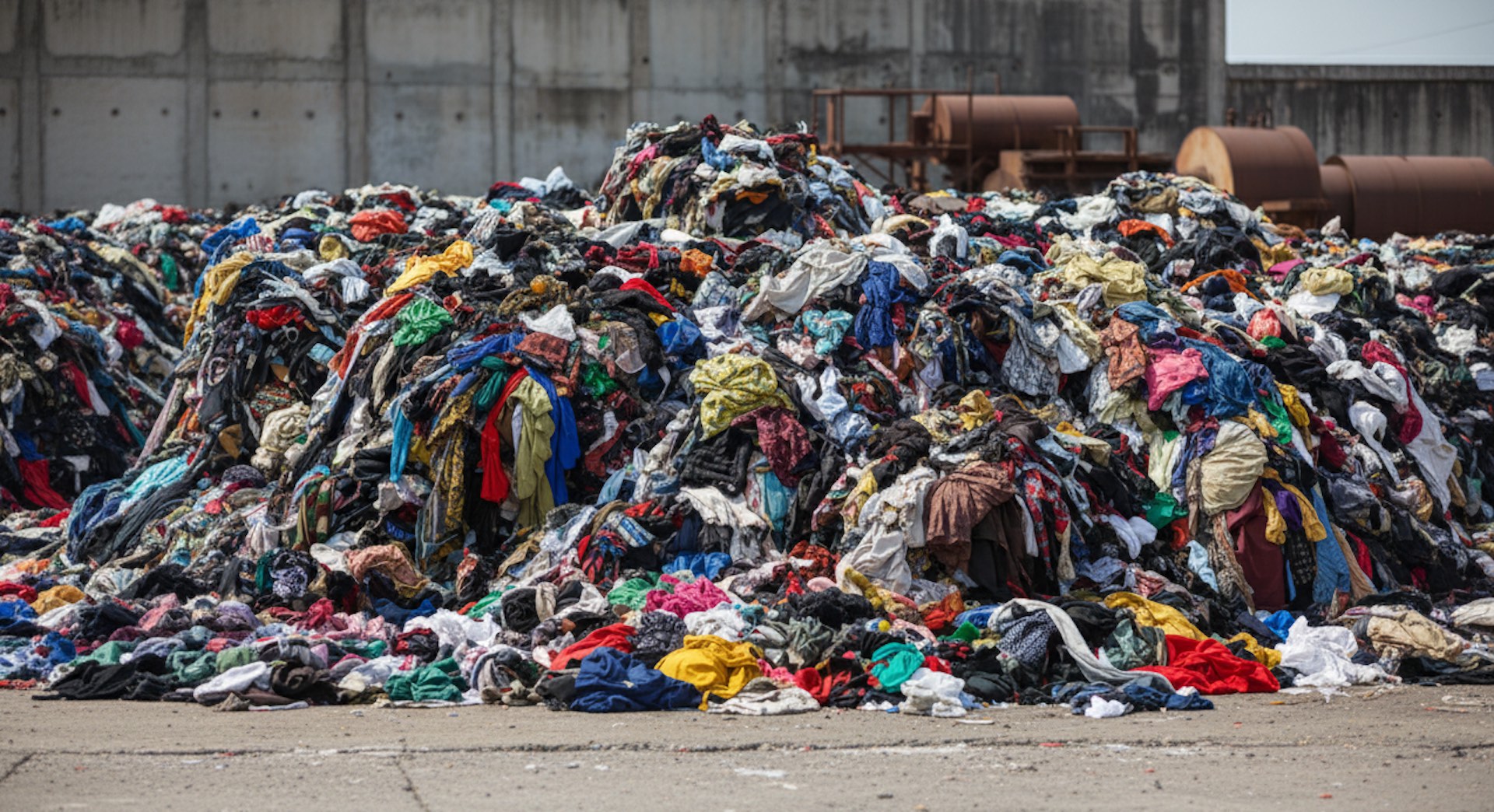Unpacking the new EU rules on textiles and food waste
New Waste Framework Directive revision establishes binding food waste targets and textile EPR schemes, mandating a 30 per cent reduction in food waste and producer responsibility for textile lifecycle costs
 The EU has revised the Waste Framework Directive, adopting new rules on food waste and textiles. This is the first time binding reduction targets and extended producer responsibility (tEPR) schemes have been applied to these sectors. Formally adopted by the European Parliament on 9 September 2025, the revisions form a key part of the European Green Deal and Circular Economy Action Plan.
The EU has revised the Waste Framework Directive, adopting new rules on food waste and textiles. This is the first time binding reduction targets and extended producer responsibility (tEPR) schemes have been applied to these sectors. Formally adopted by the European Parliament on 9 September 2025, the revisions form a key part of the European Green Deal and Circular Economy Action Plan.
The revision follows a lengthy legislative process that began with the European Commission's initial proposal in July 2023, and the Parliament and Council reached a provisional agreement in February 2025.
Together, the measures aim to tackle two of the EU’s most pressing waste streams: food waste, which reaches almost 60 million tonnes a year, and textiles, where less than one per cent of discarded clothing is recycled into new garments.
Comprehensive textile producer responsibility framework
Under the new rules, textile producers and retailers must take financial responsibility for the full lifecycle of their products, covering the costs of collection, sorting and recycling. The EPR scheme applies not only to EU-based companies but also to producers selling into the EU including e-commerce platforms.
The scheme will cover clothing, footwear, accessories, bed and kitchen linen, blankets, curtains and hats. Member states may optionally extend coverage to include mattresses.
EU countries will have 30 months to establish their EPR schemes, with micro-enterprises allowed an additional 12 months for the compliance period. This 30-month transition period was part of the European Commission's original proposal and has been maintained in the positions adopted by both the Parliament and Council, despite arguments from environmental organisations that it is unnecessarily long and would allow significant amounts of textiles to continue to be incinerated.
A central feature of the framework is eco-modulation of fees. Companies designing products to be durable, repairable and recyclable, and those incorporating recycled materials, will pay lower contributions. Unsustainable fast fashion models, by contrast, will face higher costs.
These requirements complement the Ecodesign for Sustainable Products Regulation, which from July 2026 will prohibit the destruction of unsold apparel, accessories and footwear. While the ban applies across the board, SMEs will benefit from specific derogations during the transition.
At present, only 46 per cent of used textiles are collected separately, with the majority going to landfill or incineration. The costs of collection and treatment are estimated to equate to approximately €0.12 per item, a cost that will be internalised in the price of new products.
The new framework seeks to reverse this trend by shifting the EPR from a basic waste-financing tool into a regulatory instrument that penalises unsustainable business models and creates financial incentives for reuse and recycling.
Food waste reduction measures across supply chains
The directive also introduces the world’s first binding food waste targets. EU countries must cut per capita food waste from retail, restaurants, food services and households by 30 per cent by the end of 2030. The food processing and manufacturing sectors face a 10 per cent reduction target.
Progress will be measured against baseline calculations derived from average waste levels generated between 2021 and 2023. This period was selected as it captured volatility and elevated waste in the post-COVID period.
Member states are required to update their food waste prevention programmes within two years of the directive entering into force. The European Commission will review progress in 2027 and consider whether to raise the targets for 2035, potentially setting reductions of 50 per cent across parts of the supply chain.
The targets fall short of the UN Sustainable Development Goal 12.3, which calls for halving food waste across the entire supply chain by 2030. Environmental NGO Zero Waste Europe expressed disappointment that the agreed targets did not meet this commitment, with Waste and Resources Policy Manager Theresa Mörsen stating that the revision represented "a missed opportunity to fully align the food sector with the EU climate goals".
The Commission will assess possibilities for establishing higher targets for 2035, suggesting at least 30 per cent and 50 per cent reductions for retail/consumer and manufacturing sectors, respectively. EU officials argue that binding targets represent a crucial step toward closing the gap.
The UK is currently developing its own EPR scheme for textiles and addresses food waste primarily through the UK Food & Drink Pact. Unlike the mandatory EU regulations, these are voluntary, and encourage businesses to work towards reduction targets.
The most critical impact will be on UK-EU trade; any UK-based business exporting textiles or footwear to the EU single market will be required to comply fully with the new regulations.
Once the directive is published in the EU’s Official Journal, likely in late-September or October, member states will have 20 months to transpose it into national law.
A European Commission study suggests that expanded EU textile policies, including fiscal incentives and improved collection systems, could cut 5.4 million tonnes of CO2 annually. More ambitious scenarios involving waste prevention could potentially achieve reductions of up to 26 million tonnes CO2-equivalent per year. The combination of binding food waste targets and a comprehensive textile EPR framework marks a significant expansion of the EU’s circular economy agenda. 





